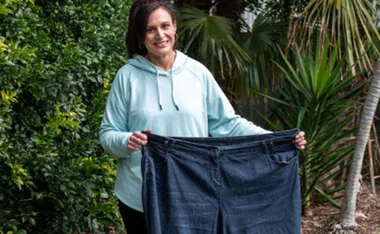Ever hung out at the refrigerator door, looking at all the food inside, knowing you want something but can’t quite decide what it is?
The reason, it turns out, has more to do with your brain activity than your appetite.
Scientific researchers from Brigham Young University in Utah, the United States, have discovered that people don’t get the same food “high” at night that they do during the day.
This discovery, they say, also explains why, when you eventually work out which food you want to snack on – let’s say it’s a chocolate biscuit – that one, two or even three simply aren’t enough.
Researcher and Masters candidate Travis Masterson was intrigued as to why he and so many of his friends snacked regularly at night.
To find out, he exposed a group of women to images of food and then measured their brain activity with MRI scans. They were shown images of both high (cakes, biscuits, sweets, ice cream, fast foods) and low kilojoule (fruit, fish, vegetables) foods at different times of the day over a period of several weeks.
The results, published in the scientific journal Brain Imaging and Behaviour, indicate that high kilojoule foods initiate a spike in brain activity but that these neural highs decrease during the evening.
The odd thing was that these highs became lower at the same time that “subjective preoccupation” with food reached it’s peak. In other words, we have more time to think about food in the evening, so we do.
“You might over-consume at night because food is not as rewarding, at least visually at that time of day,” says Travis Masterson. “It may not be as satisfying to eat at night so you eat more to try to get satisfied.”
This also helps explain why it’s sometimes so damn hard to decide what you want, he says. Masterson and his team plan to conduct more research to determine how these “food “highs” affect eating behaviour and weight management.











